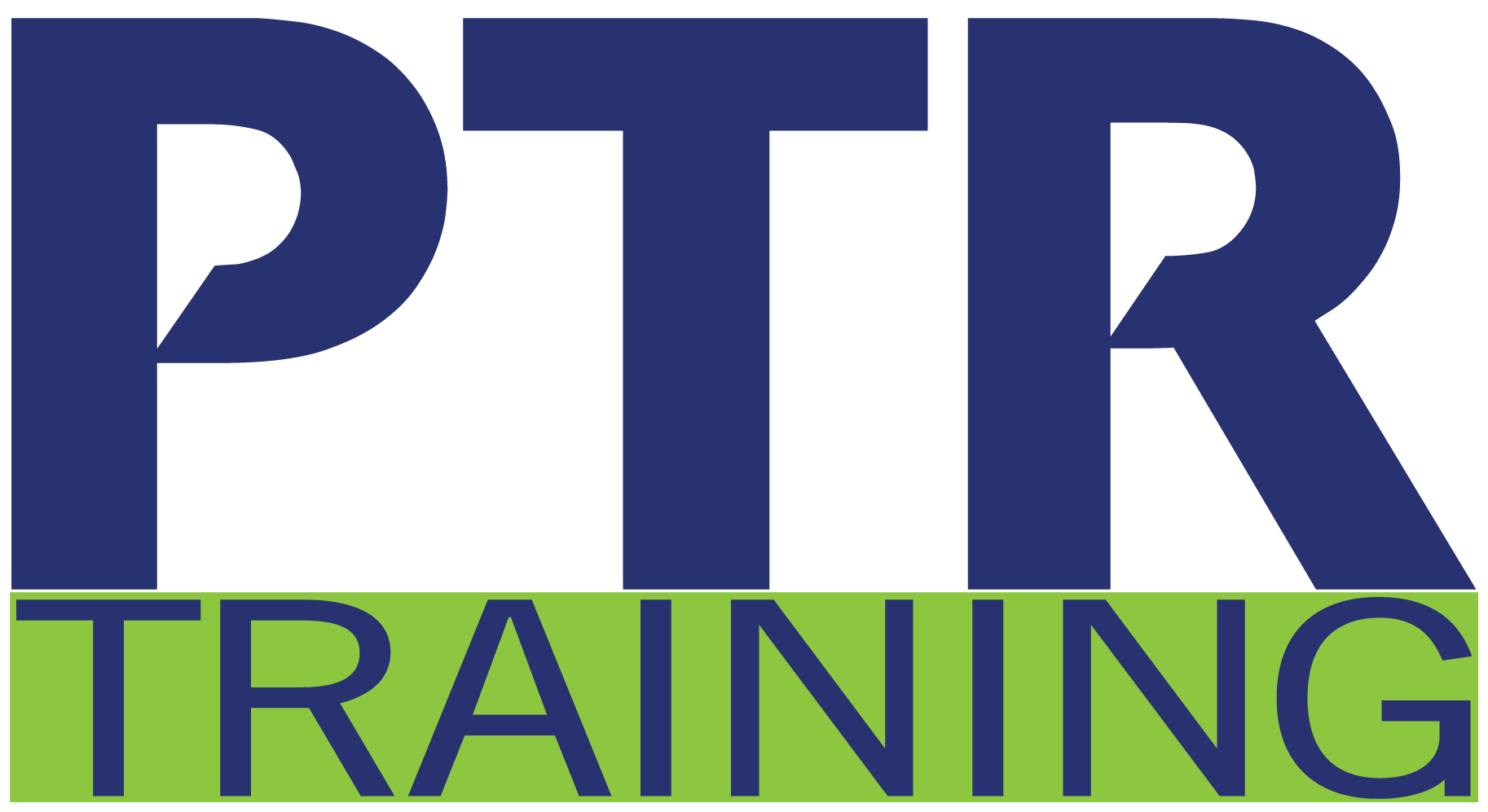Assertiveness is the ability to assert your own rights, while, at the same time, respecting other people’s rights. An assertive person tries to strike balance and strives to find a win-win solution in conflicts. We will teach you proven skillsets to better cooperation and teamwork, strengthen leadership skills, deal with conflict, communicate transparently, and improve negotiation and problem-solving skills. You will learn to communicate more assertively, both in the workplace and in other social environments.
Learning Objectives »
- Define assertiveness.
- Identify the benefits of assertiveness.
- Recognize four types of assertive behavior.
- Apply assertiveness strategies and techniques.
- Develop assertiveness skills in the workplace.
Course Agenda
Understanding Assertiveness
- Defining Assertiveness
- Rights and Responsibilities
- When to Use Assertiveness
- Benefits of Being Assertive
- Asserting Your Rights
- Barriers to Assertiveness
Behaviors and Communication
- Behaviors Assessment
- Behavior Styles Components
- Assertiveness Continuum
Assertiveness Strategies
- Thoughts and Beliefs
- Passive vs. Aggressive
- Assertive Communication
- Communication Steps
- Verbal Assertions
- Non-verbal Communication
- Conduct
- Making Requests
- Receiving Criticism
- Saying “No”
- Giving Feedback
- Disagreeing with Someone
Assertiveness Action Plan
- Getting Started
- Your Action Plan
- More Ways to Work on Your Assertiveness





